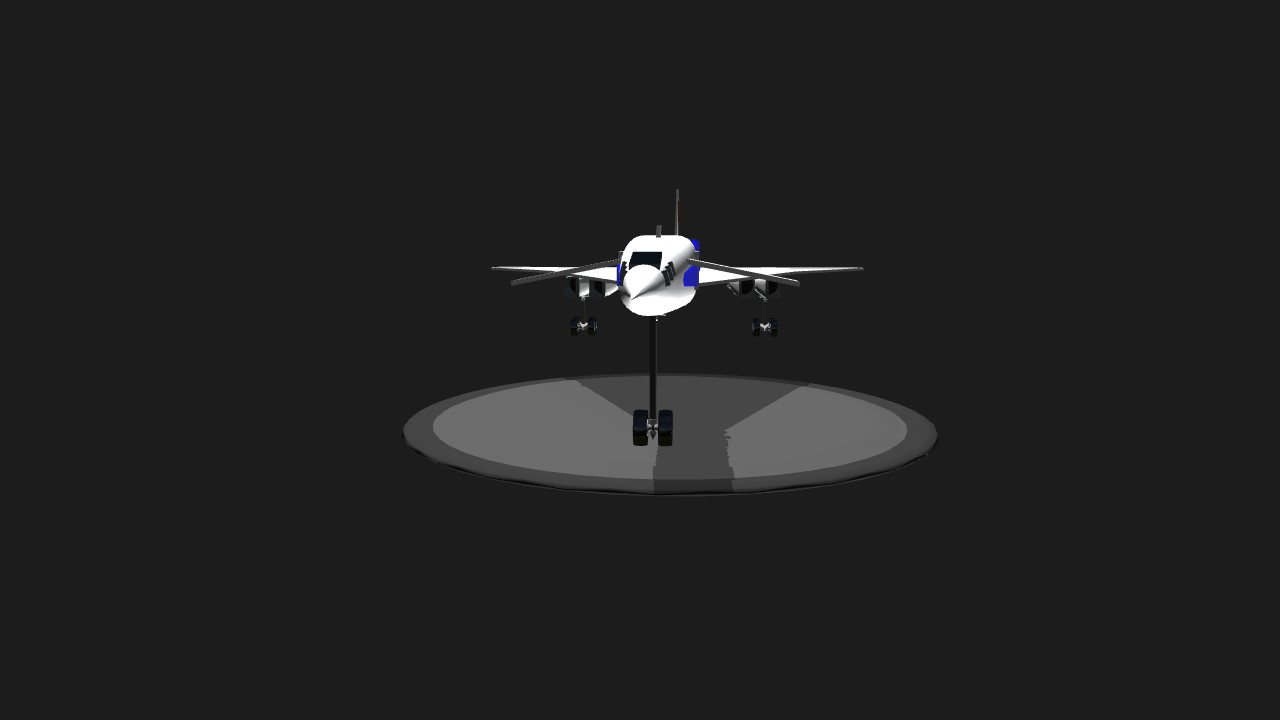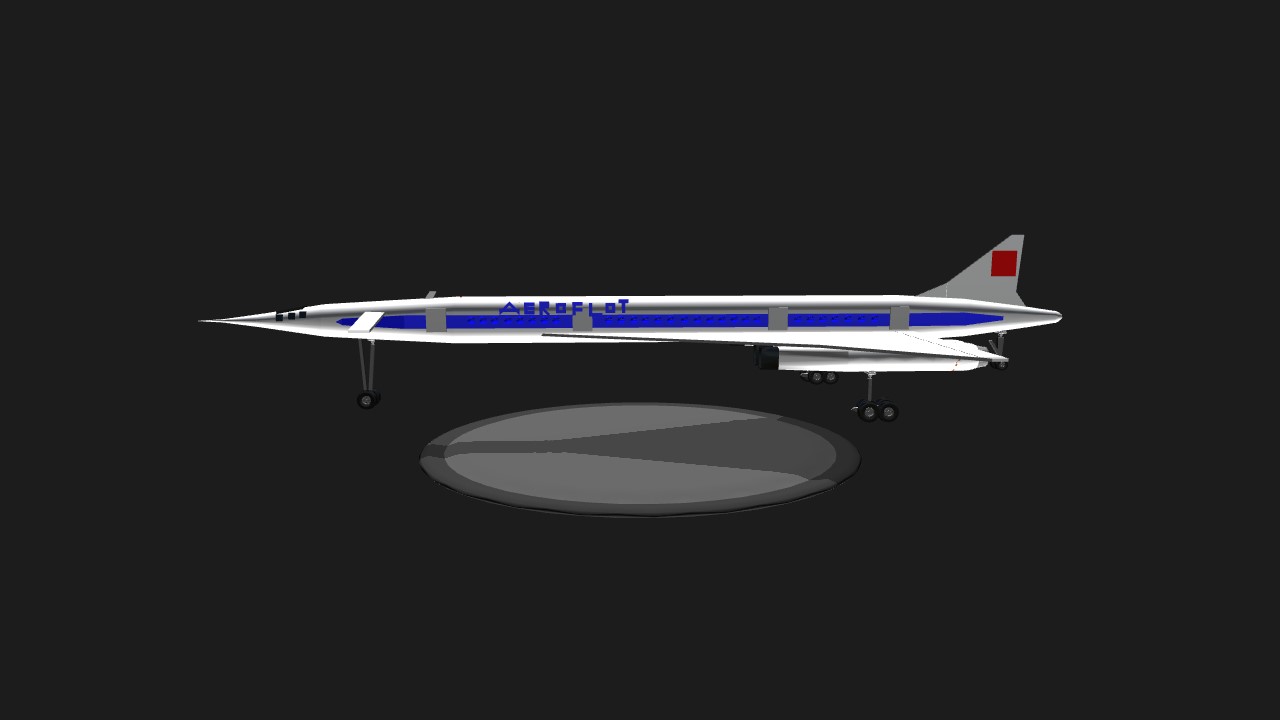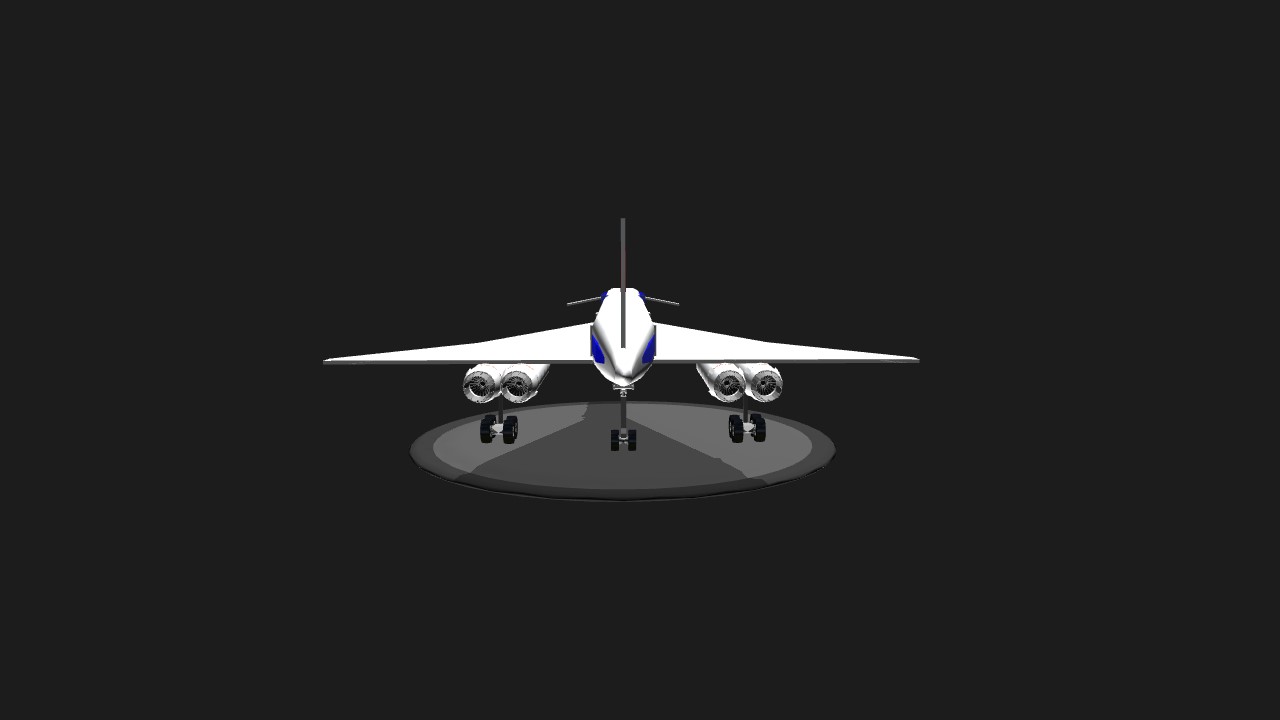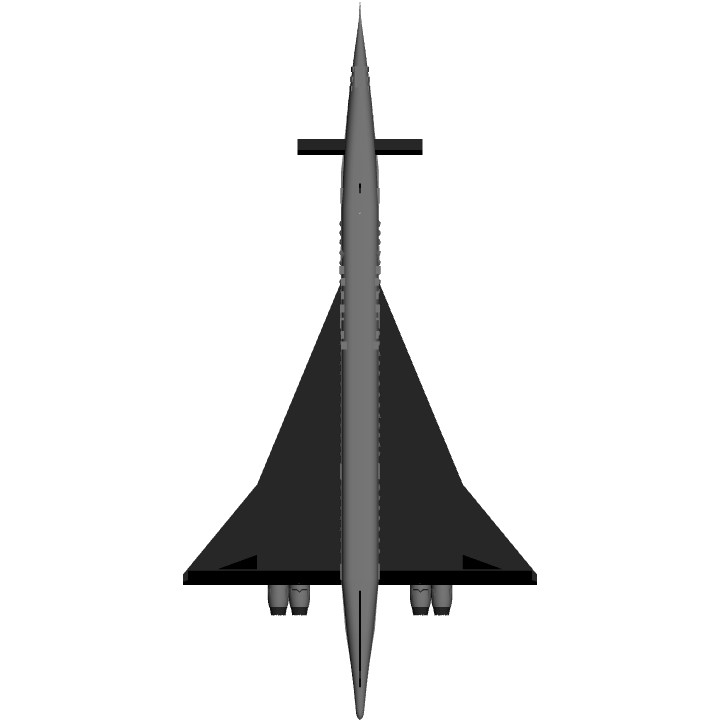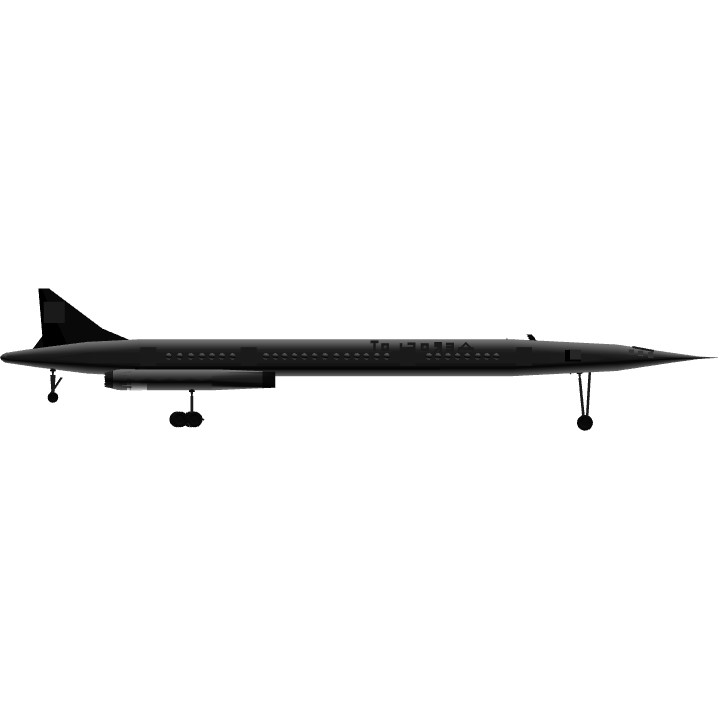History:
The Tupolev Tu-144 (Russian: Ty????? ??-144; NATO reporting name: Charger) is a retired jet airliner and commercial supersonic transport aircraft (SST).[2] It was the world's first commercial SST (maiden flight – 31 December 1968), the second being the Anglo-French Concorde (maiden flight – 2 March 1969). The design was a product of the Tupolev design bureau, headed by Alexei Tupolev, of the Soviet Union and manufactured by the Voronezh Aircraft Production Association in Voronezh, Russia.[1] It conducted 102 commercial flights, of which only 55 carried passengers,[3] at an average service altitude of 16,000 metres (52,000 ft) and cruised at a speed of around 2,000 kilometres per hour (1,200 mph) (Mach 1.6).[4]
The prototype's first flight was made on 31 December 1968, near Moscow[1] from Zhukovsky Airport,[5] two months before the first flight of Concorde. The Tu-144 first went supersonic on 5 June 1969[6] (Concorde first went supersonic on 1 October 1969), and on 26 May 1970 became the world's first commercial transport to exceed Mach 2. A Tu-144 crashed in 1973 at the Paris Air Show, delaying its further development. The aircraft was introduced into commercial service on 26 December 1975. In May 1978, another Tu-144 (an improved version, the Tu-144D) crashed on a test flight while being delivered. The aircraft remained in use as a cargo aircraft until 1983, when the Tu-144 commercial fleet was grounded. The Tu-144 was later used by the Soviet space program to train pilots of the Buran spacecraft, and by NASA for supersonic research until 1999, when the Tu-144 made its last flight (26 June 1999).
Instruction:
Ag.1 for Engines
Ag.2 for beacon lights
Ag.3 for parachutes.
Before takeoff always put down the vtol bar.
Thanks for temporaryaccount and his landing gear rotators.
Have fun!
Specifications
General Characteristics
- Created On iOS
- Wingspan 54.6ft (16.6m)
- Length 111.5ft (34.0m)
- Height 21.9ft (6.7m)
- Empty Weight 35,209lbs (15,970kg)
- Loaded Weight 130,392lbs (59,145kg)
Performance
- Power/Weight Ratio 1.034
- Wing Loading 93.6lbs/ft2 (457.0kg/m2)
- Wing Area 1,393.0ft2 (129.4m2)
- Drag Points 11678
Parts
- Number of Parts 258
- Control Surfaces 7
- Performance Cost 1,290

